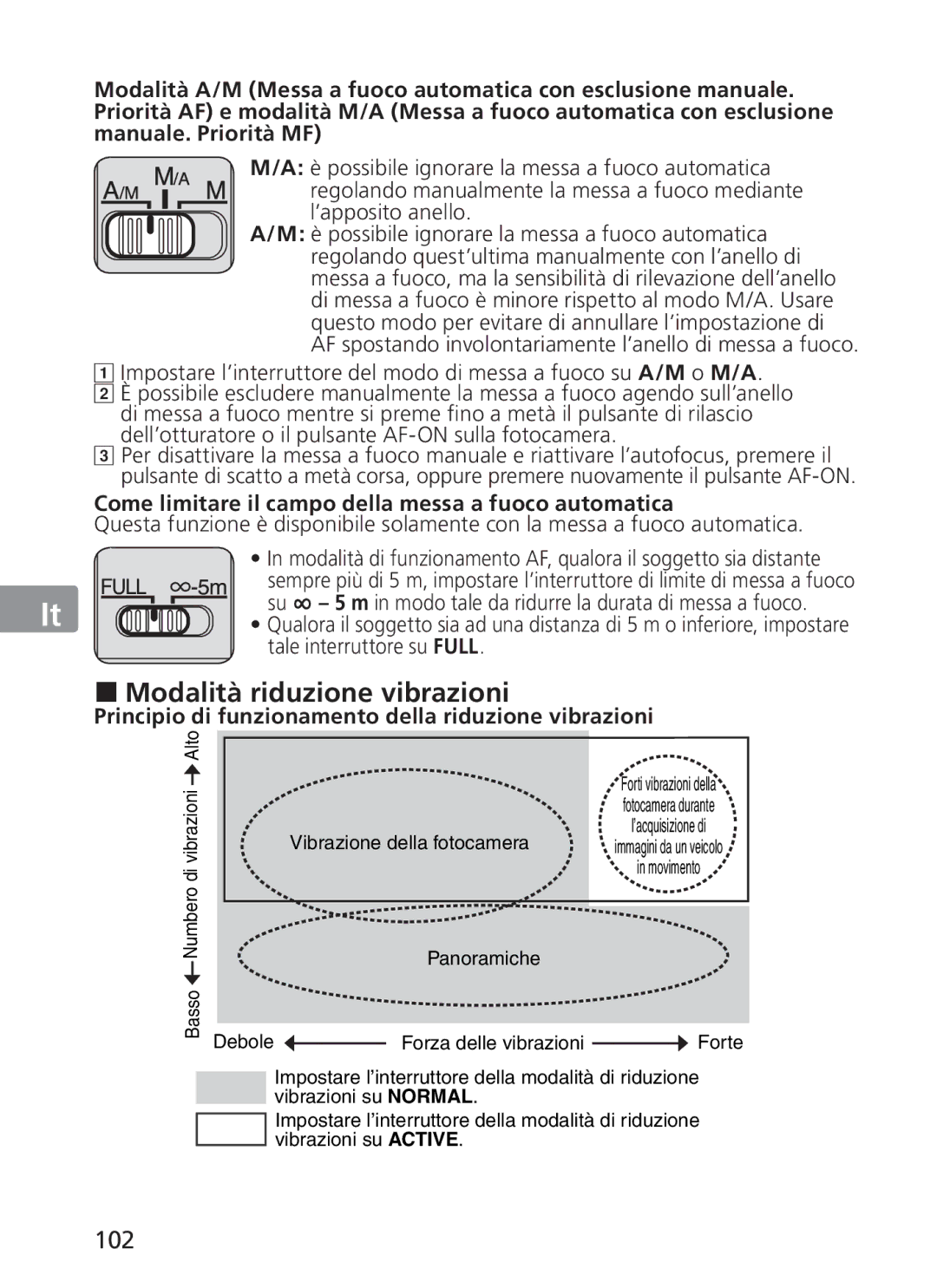ASF200, AFS70 specifications
The Nikon AFS 70-200mm f/2.8G ED VR II and the Nikon AF-S 200mm f/2G ED VR II lenses are two exceptional pieces of glass that illustrate Nikon's commitment to optical excellence. Both lenses cater to professionals and enthusiasts alike, providing superior performance in a variety of shooting conditions.The Nikon AFS 70-200mm f/2.8G ED VR II is a versatile telephoto zoom lens that is well-regarded for its robust build quality and image rendering capabilities. It features a fast constant f/2.8 aperture throughout its zoom range, allowing photographers to capture stunning images in low light while achieving a beautiful depth of field. The lens is equipped with Nikon's Vibration Reduction (VR) technology, which effectively reduces camera shake, making it easier to shoot at slower shutter speeds. This is particularly beneficial for handheld shooting in challenging lighting situations.
Optically, the AFS 70-200mm includes Extra-low Dispersion (ED) glass elements that minimize chromatic aberrations and enhance color accuracy. Additionally, its Nano Crystal Coat significantly reduces lens flare and ghosting, resulting in images that are sharp and contrast-rich. With a focus on quick and accurate autofocus, the lens features a Silent Wave Motor (SWM) that ensures silent and precise focusing, which is essential for capturing fleeting moments.
On the other hand, the Nikon AF-S 200mm f/2G ED VR II excels in the realm of portrait and sports photography. With its impressive f/2 maximum aperture, this lens allows for exceptional subject isolation, making it ideal for tight portraits and dynamic action shots. Similar to the 70-200mm version, the AF-S 200mm also incorporates VR technology, leading to stable images even at slower shutter speeds.
This lens also consists of ED glass elements, contributing to its outstanding sharpness and clarity across the entire frame. Its build quality is notably rugged, designed to withstand the rigors of professional use. The lens is also equipped with a focus limiter, which enhances autofocus speed for moving subjects by restricting the focusing range.
Both lenses are weather-sealed, adding an additional layer of confidence when shooting in diverse environmental conditions. They are key tools for photographers looking to capture high-quality images with remarkable detail, making them must-haves in any serious photographer's arsenal. Whether one prefers the zoom flexibility of the 70-200mm or the prime performance of the 200mm, both lenses represent the pinnacle of Nikon’s optical design and engineering prowess.

